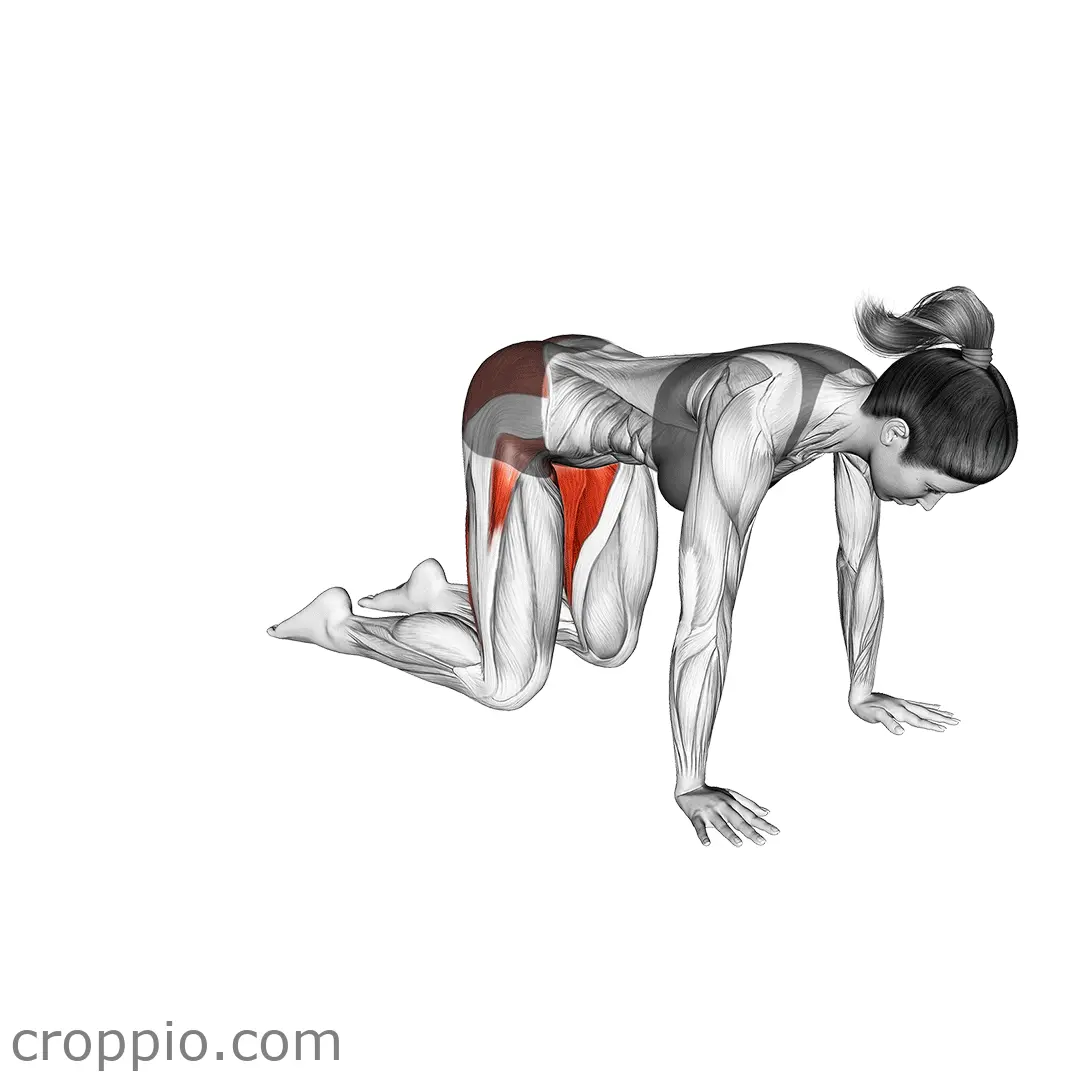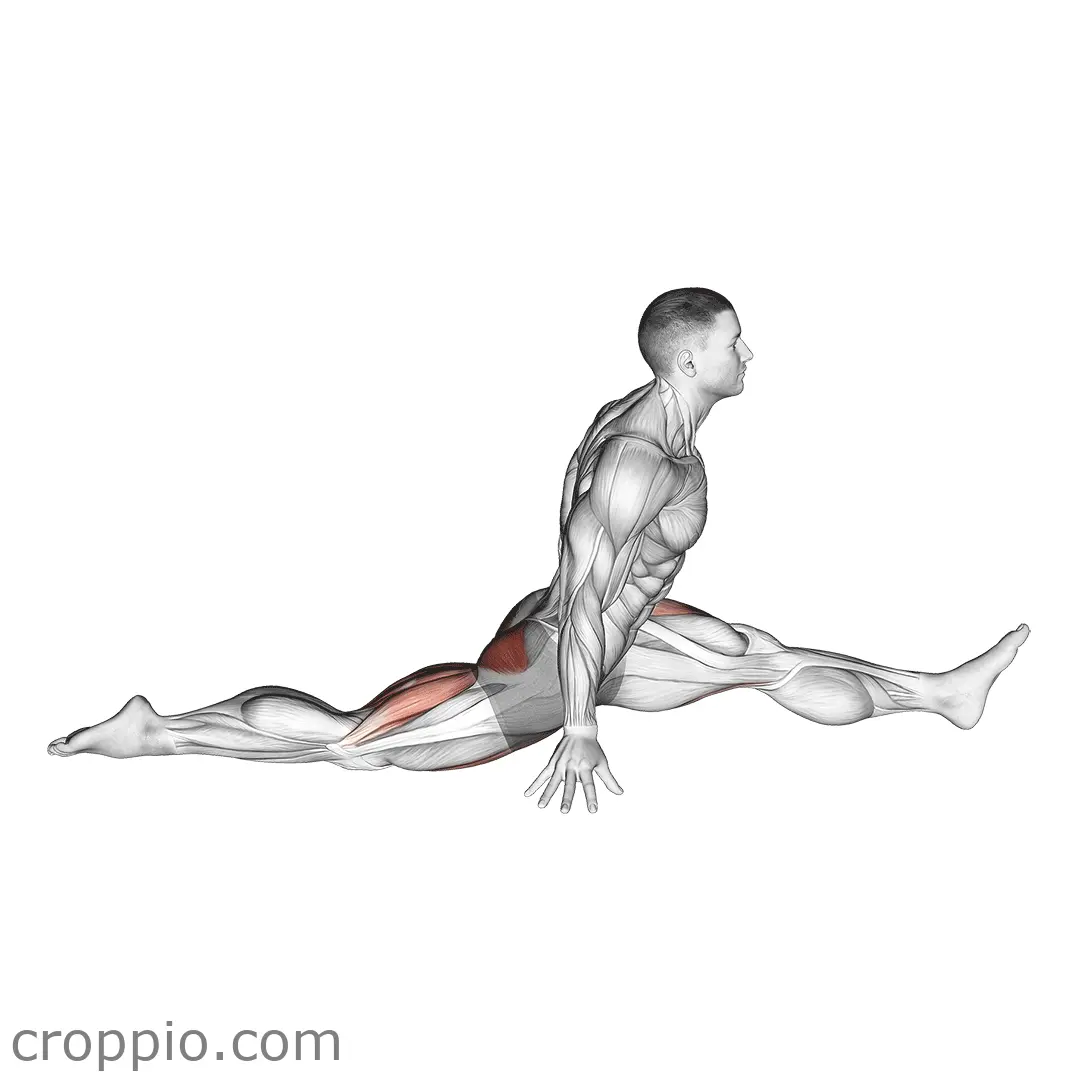Neutral Wrist Position Right Vs Wrong

Muscles Involved
The "neutral wrist position" exercise primarily targets the muscles involved in wrist stabilization and forearm strength. The primary muscles engaged are the wrist flexors and wrist extensors, which play a crucial role in maintaining the wrist's alignment and function during various activities. Secondary muscles include the forearm pronators and supinators, which assist in the rotation of the forearm and stabilization of the wrist during movement.
Top Mistakes
- Excessive Flexion or Extension: Over-flexing or extending the wrist can lead to strain and potential injury.
- Ignoring Alignment: Failure to keep the wrist in a neutral position can cause misalignment and imbalances.
- Rushing the Movement: Performing the exercise too quickly may compromise form and reduce effectiveness.
- Neglecting Breathing: Holding your breath can lead to unnecessary tension in the body.
Execution Tips
- Maintain Neutral Position: Ensure your wrist is neither flexed nor extended. Think of a straight line from your forearm through your wrist to your hand.
- Use a Mirror: Monitor your form using a mirror to ensure that your wrist remains neutral throughout the exercise.
- Focus on Controlled Movement: Move slowly and deliberately, allowing your muscles to engage fully without rushing.
- Engage Your Core: By stabilizing your core, you enhance overall body alignment and support the movement of your wrists.
Workouts
This exercise can be incorporated into your routine by performing it as part of a larger forearm strengthening workout. Aim for 3 sets of 15-20 repetitions, taking a 30-second rest between sets. Combine this with complementary exercises such as wrist curls and reverse wrist curls to target all aspects of wrist strength. Additionally, consider integrating stretching to maintain flexibility after completing your sets, helping to prevent tightness.
Conclusion
The "neutral wrist position" exercise is essential for improving wrist stability and strength, benefiting anyone who engages in repetitive wrist activities, such as typing or playing sports. By adhering to proper form, avoiding common mistakes, and integrating this exercise into a balanced routine, you can enhance your overall wrist health, reduce injury risk, and boost your functional performance during various activities.



